We’ve been quiet about something cooking here at Stamen, in part because it’s new and experimental, and in part because we’ve been so busy doing it that we haven’t made time to write yet. That something is our Education program, run by Beth.

It was taking baby steps throughout the spring, and this summer it’s taken off running with our first ever Fellowship series in partnership with Gray Area Foundation for the Arts’ Creative Coding Fellowship, Autodesk and SPUR, with two students sent to us directly fromHarvard. We’ve also partnered with Gray Area for their Summer Immersive series, where Shawn is teaching 3 of the 10 weeks of classes designed to get students from zero to creative coding over the course of a single summer.
Stamen has had internships before, but this summer we wanted to take it a step further. Rather than having students work on bits of client projects, we decided that we really wanted to create a program that affords both research and design on a single project. This approach gives fellows the opportunity to complete a work with us that they feel proud of and that advances the current state of knowledge in their area of interest.
Although each fellow is working on their own project, what unites them all is a focus on urban data and making something invisible about the city of San Francisco truly visible.
Meet the Fellows
Andreas Viglakis // Uncovering Bay Area Transit
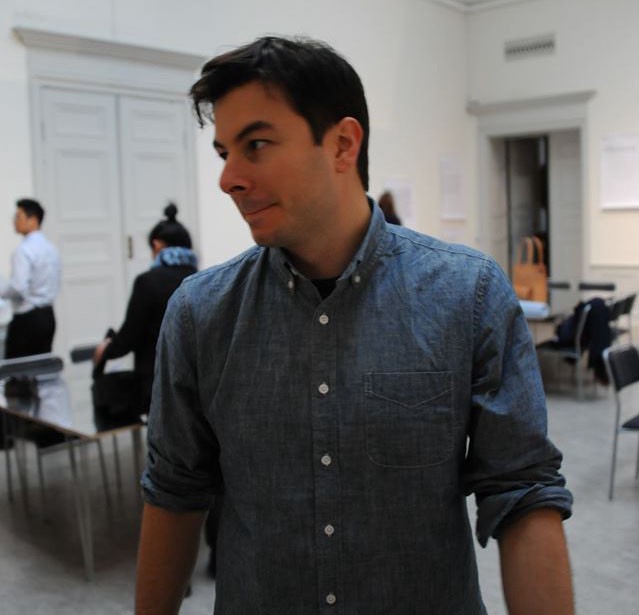
Andreas is a recent graduate of the Harvard Graduate School of Design, and has worked as an architect and urban designer in Shanghai, New York, and Hong Kong. His work this summer, in partnership with urban planning think tank SPUR, focuses on San Francisco’s fragmented transit system and how it’s affected by the changing economic climate of the Bay Area.
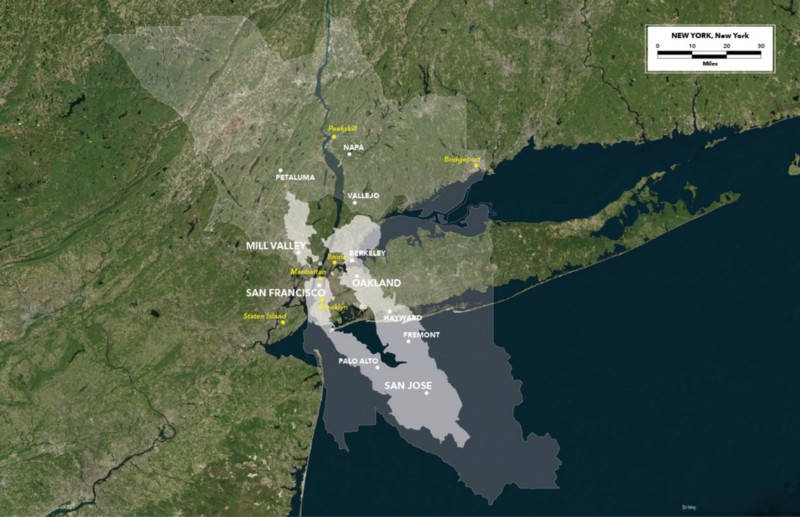
A scale study comparing the size of the Bay Area to the size of other major cities. Shown above: Bay Area over New York.
Kristin Henry // Storytelling with Sounds in San Francisco
Kristin Henry, a fellow in partnership with Gray Area, is a generative artist and computer scientist specializing in science and data visualization. She also founded GalaxyGoo.org, a small non-profit for science literacy, where she leads a group of volunteer tech + art + science enthusiasts. During mid-career graduate studies in Computer Science, she developed an Android application that collects sound and some Python scripts to analyze and visualize the resulting collection of audio recordings. This summer, she’s using this technology to develop a sound map of San Francisco.
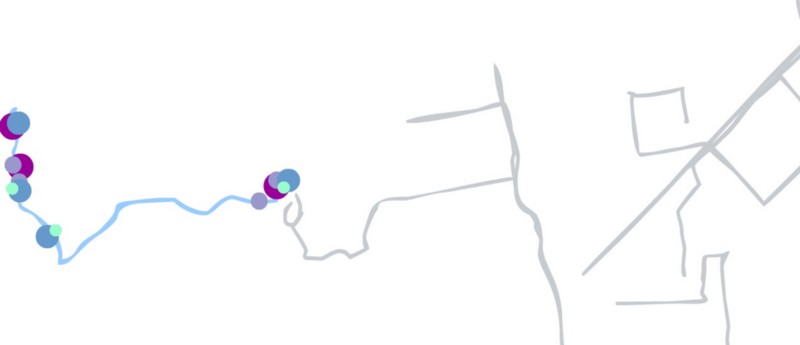
Sketches of walking paths and recordings.
Scott Kildall // Water Works
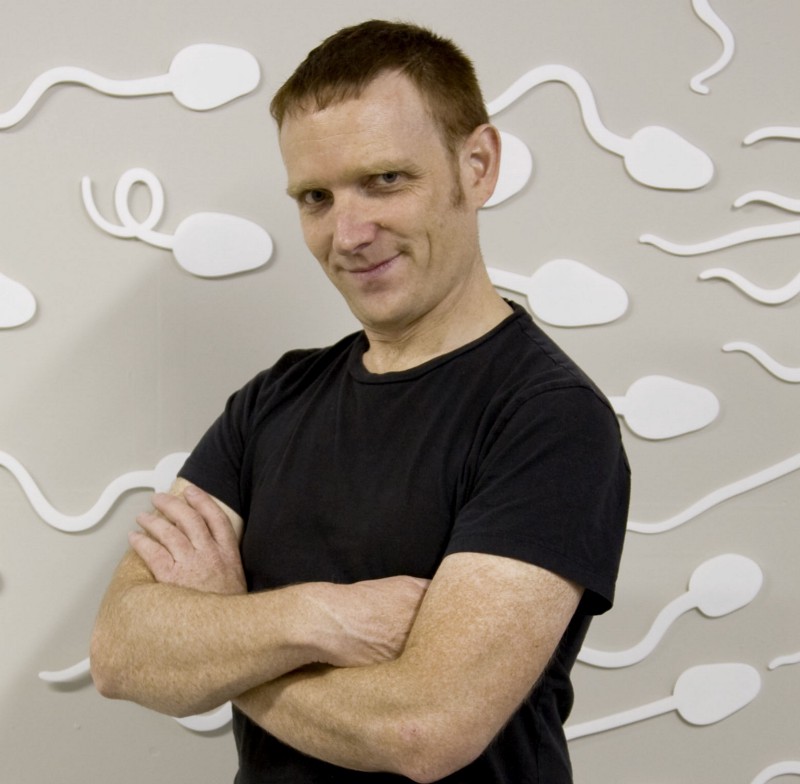
Scott Kildall is a visual artist who writes algorithms that transform various datasets into 3D sculptures and installations, which imagine “what data looks like.” His project for the Creative Code Fellowship is called Water Works and will include a 3D-printed data visualization of the San Francisco water system, which includes drinking water, sewer and storm pipes and emergency fire-fighting systems, all of which interact in various ways to provide a dynamic city infrastructure. His fellowship this summer is in partnership with Gray Area and Autodesk’s Pier 9 Workshop, who is providing access to their workshop and advanced machine training in conjunction with their Artist in Residence program.
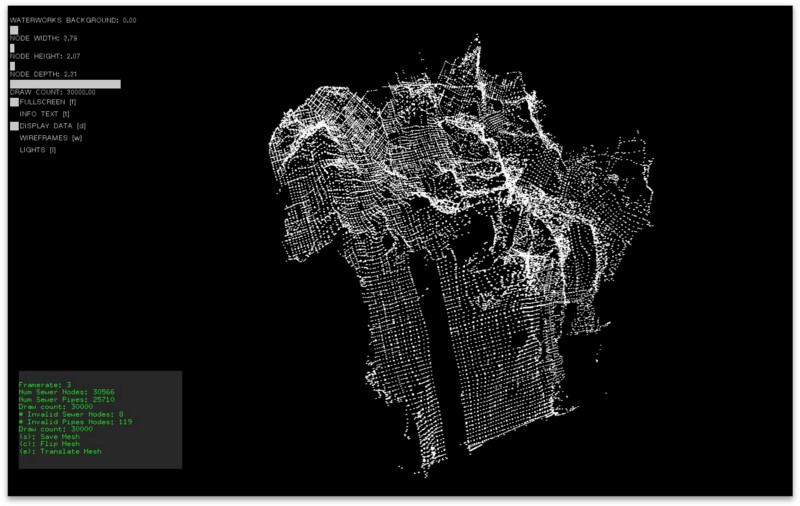
Screenshot of a mesh of manholes of the San Francisco water system, z-axis exaggerated.
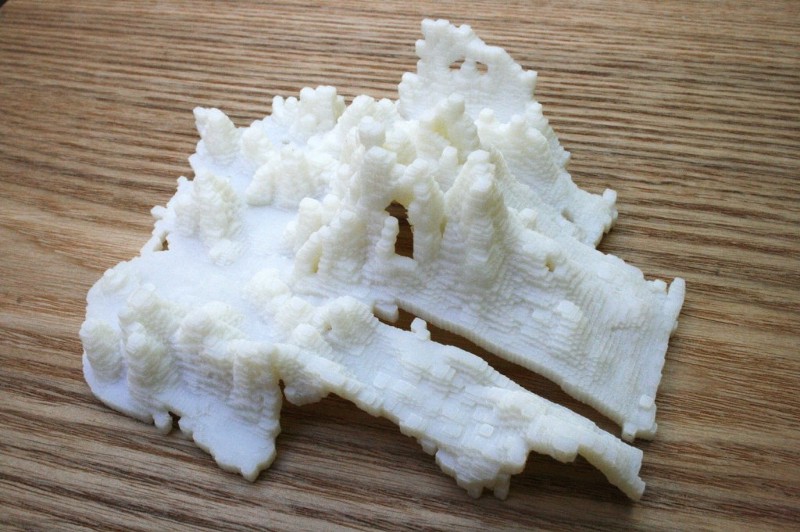
3D visualization of the manhole mesh, 3D printed.
Fun fact: Scott has also interviewed Eric from a hot tub.
Meet our Business Intern
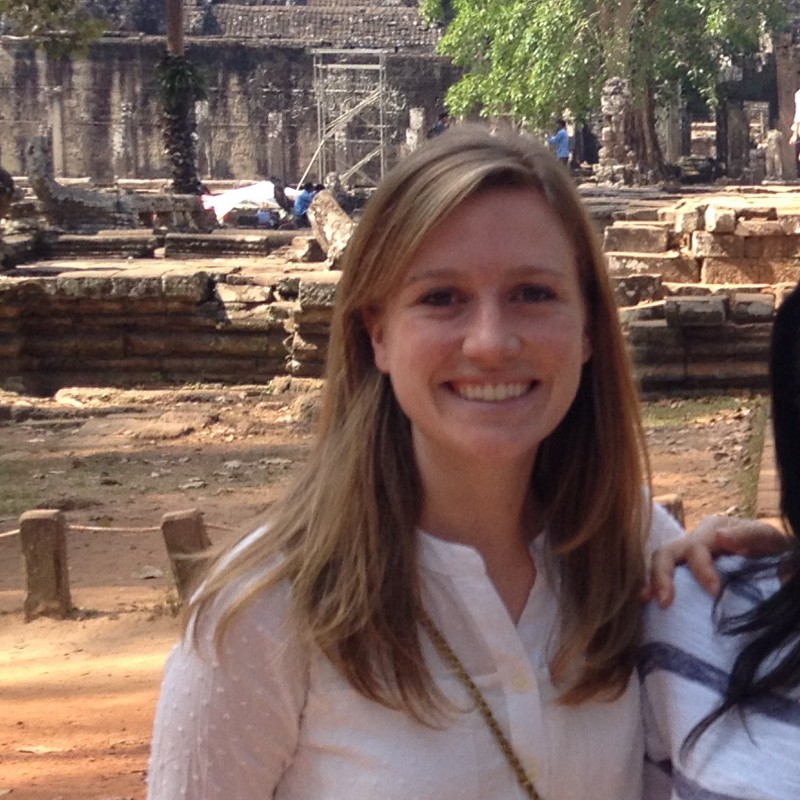
Moira Forberg // IP FTW
Moira Forberg is a current MBA student at Harvard Business School and is interested in the intersection of design and technology. Prior to school, she worked on hardware design for 3D printing projects at MIT and Disney Research, and worked as a strategy consultant at OC&C. This summer, she is helping Stamen design best practices for intellectual property (IP) management around internal research projects and productization.
About the classes
For many years, Gray Area has offered a variety of classes and workshops, but this summer’s Immersive is like nothing they’ve ever done before. Designed to get students coding from scratch, the (very affordable) Immersive series offers everything from basic HTML to projection mapping to microcontrollers. Stamen partner Shawn has taken up the task of teaching basic Web Skills, JavaScript, and Data Visualization. His work so far is on Github (web skills lessons are here, and the JavaScript classes are here), with more information (and blog posts!) to come. For now, read more about it on the Creative Coding site.
So this is all great, but why is Stamen getting involved in education in the first place?
Stamen has always been a place for experimentation and research, typically through our research projects. We’ve also been involved in teaching people how to do this kind of work for a number of years now, historically with a focus on developers. While that focus continues to be important, the world of visualization has changed and what’s new is a focus on mapmaking and data visualization literacy for all skill levels, and an effort to support education around truly creative coding (i.e. the beautiful universe that exists beyond charts and graphs).
Inspiration for developing this practice around education came from Maptime, which Beth started here at Stamen last year. In addition to helping even more people learn how to make maps, it’s also building a community through education. We aspire for Stamen’s education program to have a similar community building aspect to it as well, using educational and research activities as a way to engage the public, use public data, and when possible, to collaborate with some of the talented visualizers and cartographers and mathematicians and artists on our network map and beyond.
Additionally, we believe it’s important for businesses in our space to pay it forward. This sentiment has its roots in the spirit of open source software development, and in practice it also gives us an opportunity to meet new people and try new things. Thanks to our fellowship program, for example, we’re learning so much about visualization-based installations, physical computing and non-web visualization. It gives us a chance to be students again, as well as teachers.
Eric’s always talking about how he never wanted to work for a cigarette company during the day to pay the bills, and for Greenpeace at night to salve his conscience, but instead wanted to commit a studio towards relevant work that also pays for everyone’s 401(k). Beth’s always talking about how she dreams of starting her own experimental, forward-thinking school that focuses on art, design, technology, and sustainability. Together, we foresee some lovely opportunities and collaborations in our future. It’s starting here in the Bay, with Gray Area, Autodesk, and SPUR. We’re excited to see where this experiment goes next.
Interested in collaborating with Stamen on a educational activity? Want to get more information about next year’s fellowships and internships? Drop a line to education [at] stamen [dot] com.
